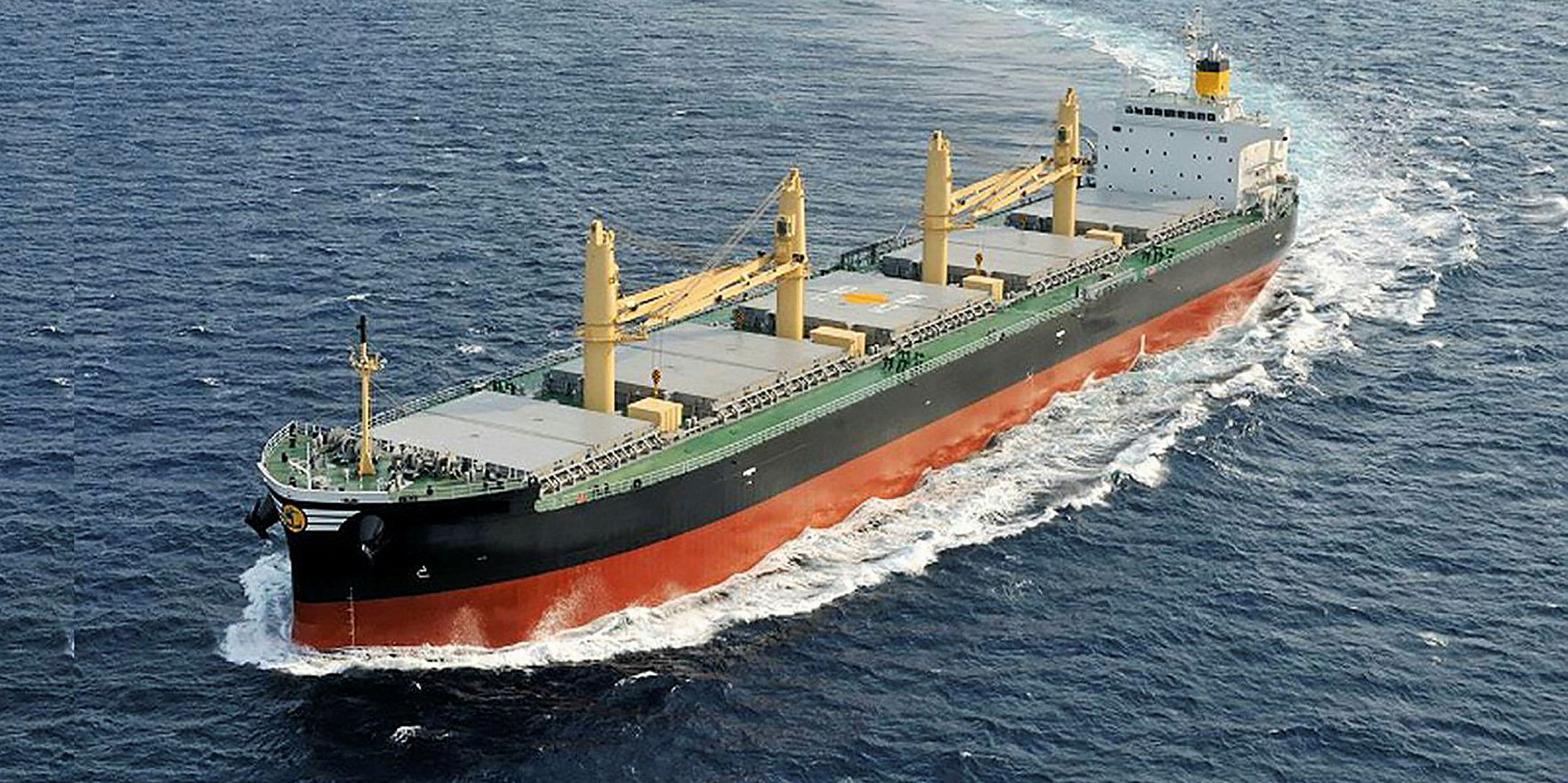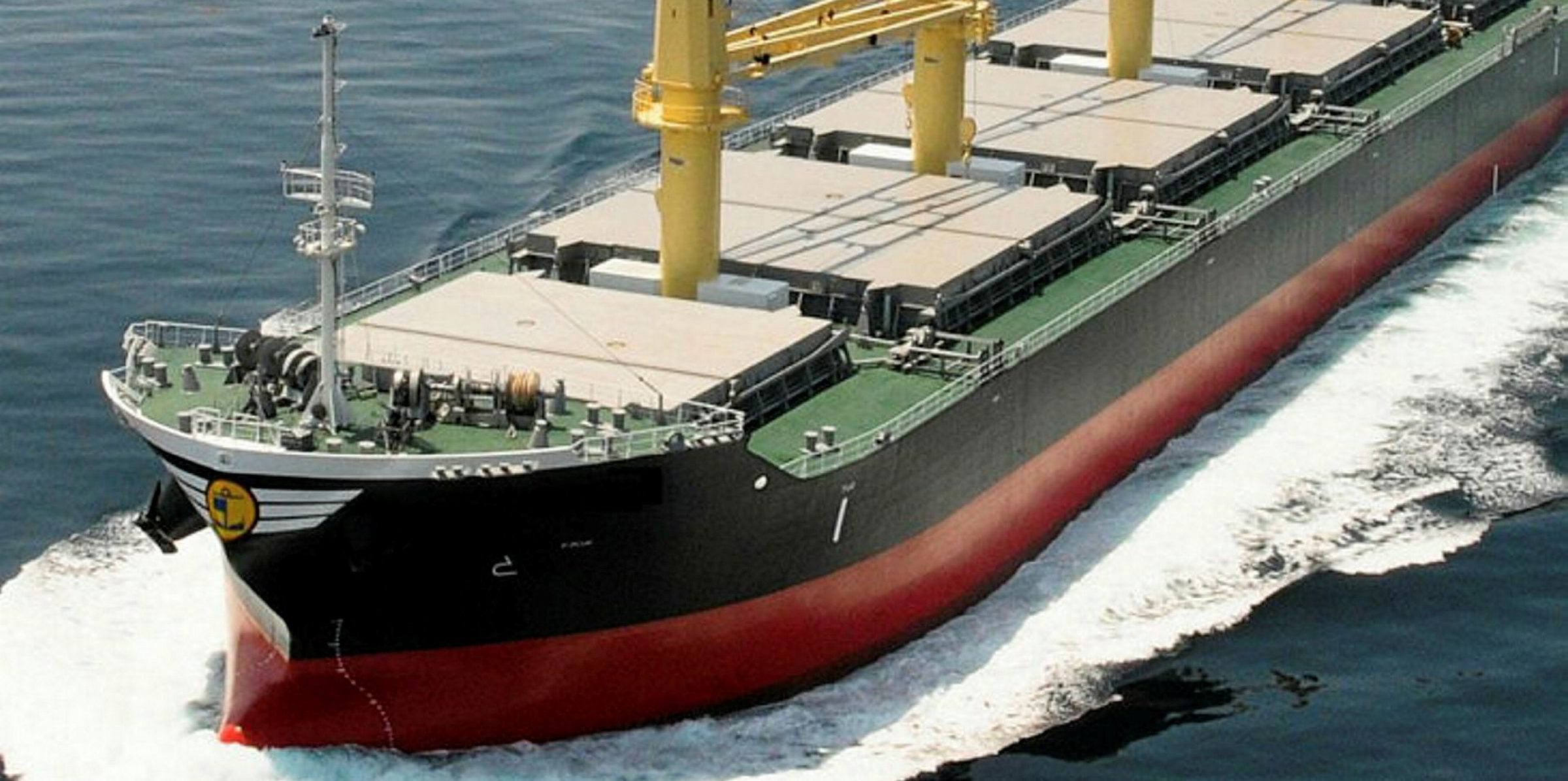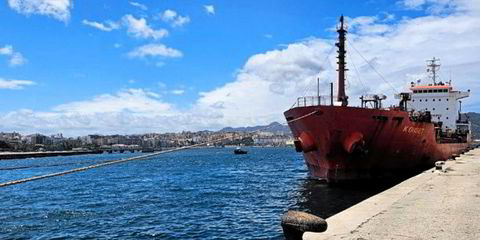Jinhui Shipping and Transportation has reported a 20.5% fall in first quarter net profit on the back of the sharp fall in freight rates.
The Oslo-listed shipowner posted net income of $1.96m for the three months versus the $2.47m seen in the same period 12 months earlier.
Revenue was down almost 30% year-on-year to $12.7m as the Baltic Dry Index (BDI) dropped almost 500 points over the three month period.
The shipowner was also impacted by a smaller fleet following the disposal of four ships in the second half of 2018.
Jinhui’s fleet earned an average daily time charter equivalent rate (TCE) of $7,658, which was 13% down on the $8,795 achieved 12 months ago.
“In the beginning of 2019, the unfortunate collapse of mining dam in Brazil had caused a slump of demand for dry bulk carriers for long-haul iron ore exporting activities,” Jinhui said.
“Market freight rates declined sharply in particular to the capesize and dry bulk shipping market remained weak in the first quarter.”
Jinhui said the BDI started the year at 1,271 points, but by the end of March had fallen to 689 points, with the average rate during the quarter coming in at 798 points.
However looking ahead, Jinhui said industry specific fundamentals offer more “encouraging signs”, with a low levels of new tonnage of about 3% of the overall dry bulk fleet for 2019 and 2020 – the lowest since 2000.
“The age profile of the global bulker fleet also offers further visibility with over 40mt over 20 years of age,” it said.
Jinhui said the incentive to order newbuildings has been and remains at a “historical low”, given the uncertainty on how future regulations will evolve and rising finance costs.
At the end of the quarter Jinhui had a fleet of 18 owned vessels which included two modern post-panamaxes and sixteen grabs fitted supramaxes.





